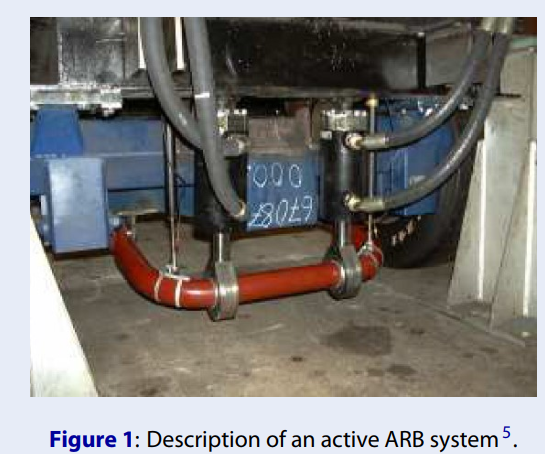
Using an LQR active anti-roll bar system to improve road safety of tractor semi-trailers
- Department of Automotive Mechanical Engineering, Faculty of Mechanical Engineering, University of Transport and communications, Hanoi, Vietnam
Abstract
Introduction: Tractor semi-trailer vehicles are playing an increasingly important role in the global freight chain. However, due to the heavy total load and height of the center of gravity, this type of vehicle is often at a higher risk of instability than other vehicles. This paper focuses on improving the vehicle roll stability by using an active anti-roll bar system.
Methods: The Linear Quadratic Regulator (LQR) approach is used for this purpose with the control signal being the torque generated by the active anti-roll bar system. In order to synthesize the controller, the roll angle of the vehicle body and the normalized load transfer at all axles of the tractor semi-trailer vehicle are considered as the optimal goals.
Results: The simulation results in time and frequency domains clearly show the effectiveness of the proposed method for the active anti-roll bar system, because the reduction of the desired criterias is about 40% less when compared to a vehicle using the passive anti-roll bar system.
Conclusions: The effectiveness of the active anti-roll bar system on improving the vehicle roll stability, has been verified in this theoretical study with the LQR optimal controller. This is an important basis for conducting more in-depth studies and future experiments.

